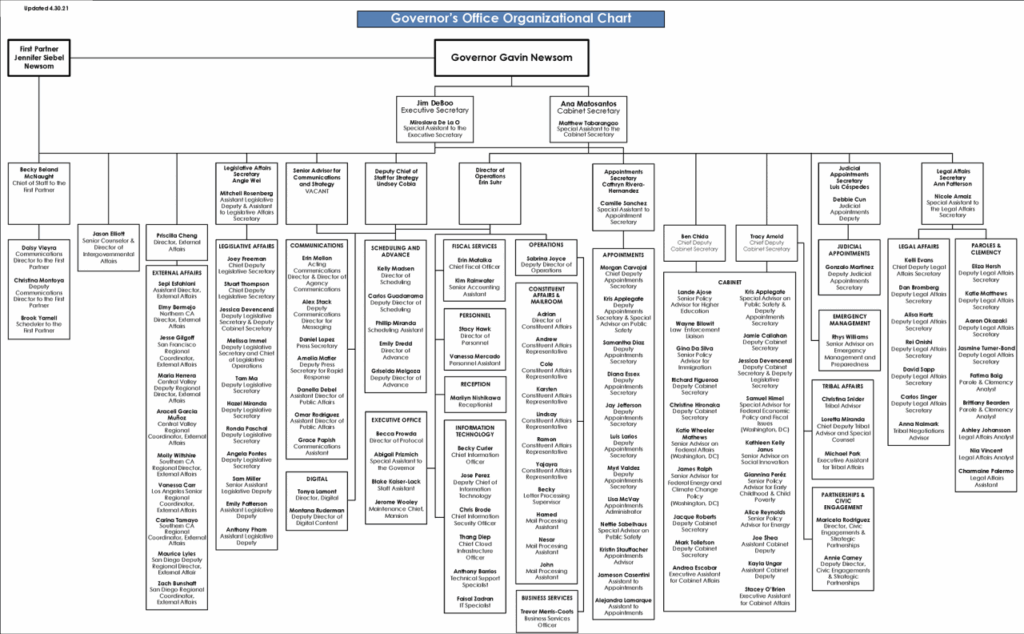The legislative branch is one of the three branches of government in the United States, alongside the executive and judicial branches. It is responsible for making laws, overseeing the budget, and representing the interests of the people. The flow chart of the legislative branch outlines the process by which a bill becomes a law.
1. Introduction of a Bill: The process begins with the introduction of a bill by a member of Congress. This can happen in either the House of Representatives or the Senate.
Flow Chart Of Legislative Branch
2. Committee Review: The bill is then sent to a committee for review. The committee may hold hearings, gather expert testimony, and make changes to the bill.
3. Floor Debate and Vote: Once the committee has finished its review, the bill is brought to the floor of the respective chamber for debate and a vote. If the bill passes, it moves to the other chamber for a similar process.
4. Conference Committee: If the two chambers pass different versions of the bill, a conference committee is formed to reconcile the differences and create a final version.
5. Presidential Approval: Once both chambers have approved the final version of the bill, it is sent to the President for approval. The President can either sign the bill into law or veto it.
Conclusion
The flow chart of the legislative branch provides a visual representation of the process by which laws are created in the United States. Understanding this process is essential for citizens to engage in the democratic process and hold their representatives accountable. By following the steps outlined in the flow chart, individuals can track the progress of a bill and advocate for issues that are important to them.
